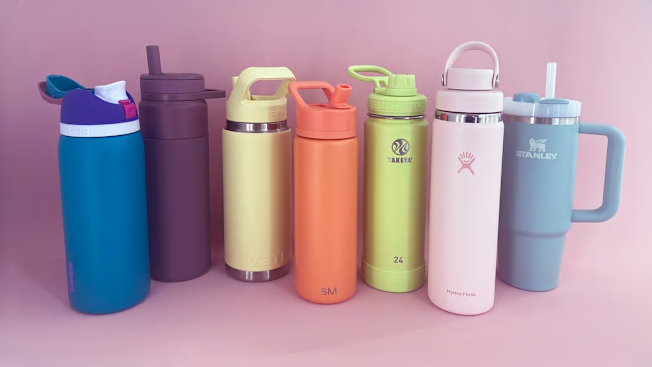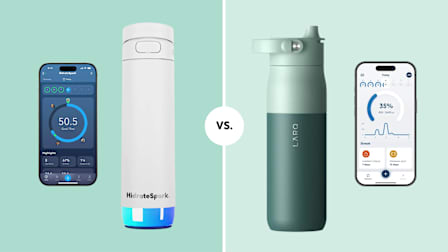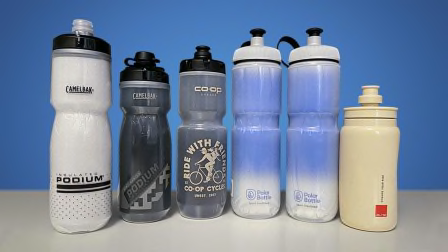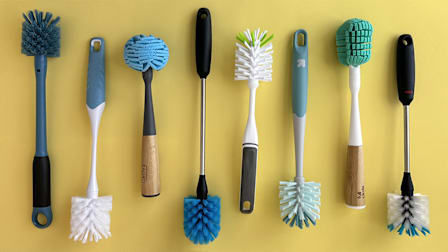Best Water Bottles From Our Tests
The best water bottles keep water and ice cold, don’t leak, and are durable—even after being dropped. We tested options from Owala, Stanley, and Yeti, among others, to find our favorites.
When you shop through retailer links on our site, we may earn affiliate commissions. 100% of the fees we collect are used to support our nonprofit mission. Learn more.

Life is full of challenges, and for many people I know, getting enough water is one of them. In my nonscientific view, a good water bottle (different from bottled water, which contributes to pollution) can make it considerably easier to drink more water.
- Best Water Bottle: With a Straw To Chug For Versatility For Your Budget
- Other Water Bottles We Tested
- How We Tested




















